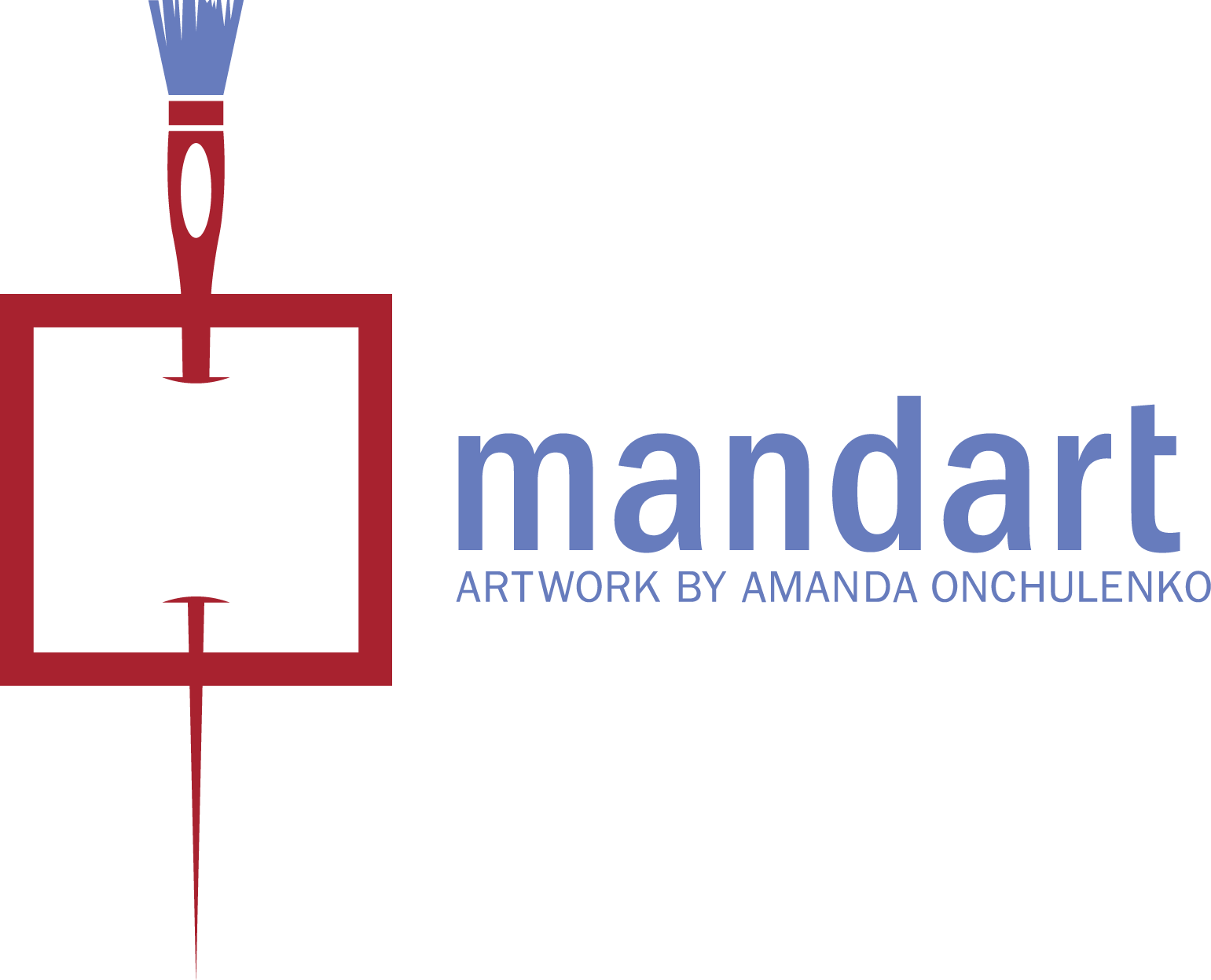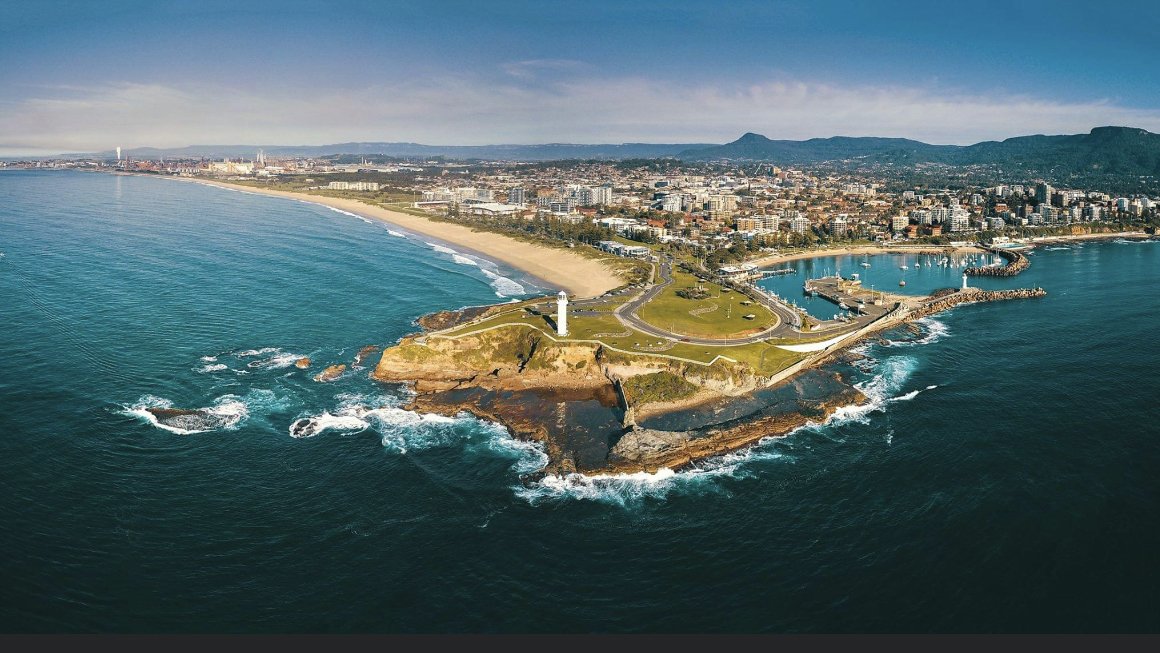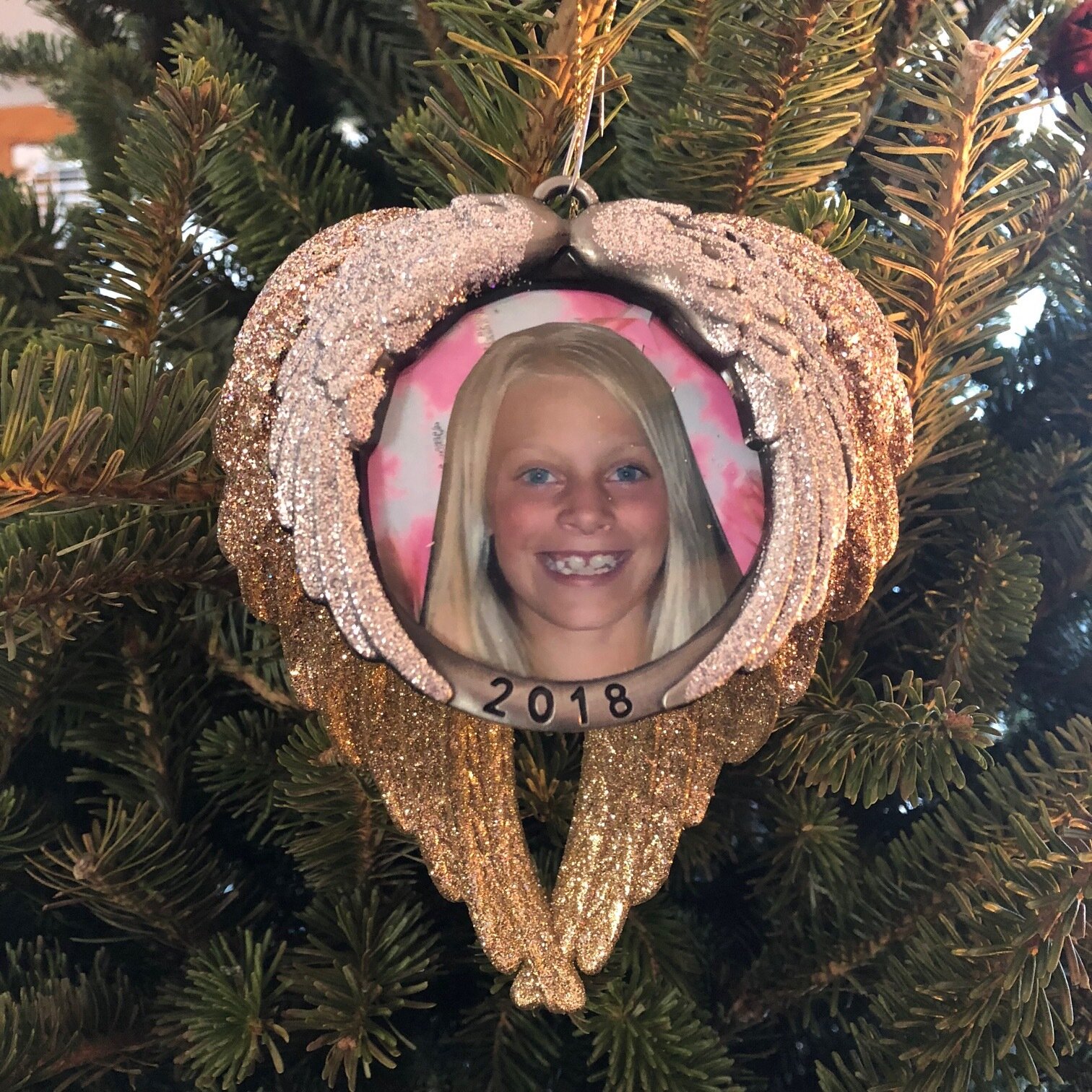Tom Thomson’s iconic Jack Pine image is reversed in this painting as a nod to the idea that Down under means upside down
Ode to Tom Detail 1
Collecting visual data for this composition included some home grown eucalyptus leaves
I love the personality of this bundle of gum leaves. Their shapes helped to contain the action of the various elements within the composition.
This week on the Podcast we take a walk down Memory Lane where I introduce you to a mixed media painting on paper from the earliest days of my studio practice. We chat about my tendency to paint like a printmaker, about gathering visual ideas and why I included some of the images that I did. North meets South as we meet at the imaginary place where universal flatlands become coastal and inland oceans and nocturnal auras and painterly signatures merge in colour and process.
Opposite my “Painted Ladies” in our dining room lives an “Ode to Tom”. This was one of my very early works in mixed media, an acrylic and chalk pastel on water colour paper, with eucalyptus leaves, 22 1/2” x 30”
Tom is a ladies man and “the Painted Ladies” opposite enjoy the view. Together they act as foils reflecting aspects of the past and the present to each other. Painted in 2001 this piece was an image that grew as a collage would by compiling a group of thoughts graphically into a single image.
At that time in my life, with some time to myself to contemplate creatively, I began looking for thematic starts by asking myself what I wanted to paint. Is there a purpose? Does there need to be? Why or why not? The advice one would give to a writer, to “write what you know” was just as applicable to me as a painter then and so that is where I began.
I was in my first ever shared studio in The Exchange district in downtown Winnipeg where my tight little shared space within a space snuggly accommodated the full sheet of paper and that was about it.
The thought of “paint what you know” got me to thinking about where I was and where I was from and what were some of the common elements these very different landscapes shared. I called it “Ode to Tom” because I made a reference to Tom Thomson’s iconic Jack pine. This was an image I associated with Canada because a poster of it had hung in a classroom in my small town on the south coast of Australia. I can’t recall what grade I was in, possibly grade 3 or 4, but I do remember admiring this image often on hot weekday afternoons when we all wanted a swim but the school day lingered on. Like everyone around me I felt the desire to seek the relief of water but in the meantime my thoughts waded through wedges of sunlight shining to illuminate chalk dust floating in the humid air.
I must have been young and extremely literal as I had assumed at the time that Tom Thomson’s image must be what Canada looked like. The label beneath the image clearly stated “Canadian Art”. It should be noted at the time there was no disclaimer stating this was only a brief window in the summer and my younger self accepted it on face value.
I grew up in the Wollongong region on the south coast of Australia which includes the shores of Lake Illawarra. The ocean was always close by. How’s that for some tongue twisting names? Here I loved to explore the edges where ocean and earth met: on sandy beaches or in rocky tidal pools and so it was a simple extension for some part of my younger self to have connected emotionally with that wind sculpted tree at the edge of a body of water.
Then I had no plans to become Canadian or even to visit by way of Paris to live full time on the Canadian prairies, ironically on Australia Day in 1991. 31 years later I am still here. As a newcomer to Canada there were things to learn; like driving on the wrong side of the road not to mention language and communication despite the fact that my first language was English. As any expat can appreciate, the vowels specifically can be an issue.
My sense of humour was sadly lost on literal Canadians but many did think it funny to ask about silly assumptions like was it true the water went the wrong way down the drain in the Southern Hemisphere? Naturally I agreed. “Of course it does”, and “we all have kangaroos as pets instead of dogs” I would add for good measure.
I grew up in the Wollongong Region. Wollongong is the indigenous name that translates to, “between the mountains and the Sea”. Navigation was simplified with the hills to the west and the beach in the east. This image of Wollongong Harbour is credited to Rise Photography.
In collecting visual ideas for my composition using a suggestion of Tom Thomson’s jack pine in the composition seemed like a natural fit. Reversing the jack pine mimicked the topsy turvy nature of moving hemispheres and living “ upside down” or back to front .
The prairie was a surprise to me when I first experienced it but it definitely grows on you and it gradually shares its seasonal expanses. What might look and feel lifeless and extraordinarily flat at first sight is subtle as it draws us in to share in its inspirational personality that unfurls in seasonal chapters. In the early days I found it a challenge to get my bearings in this very flat landscape where roads and sky reached for days and the visual cues within it changed with the seasons.
I remember thinking of Chicken Little and the sky falling. Those skies were large and expansive. Without the mountains I grew up with on the coast, between the mountains and the sea, what could possibly be holding that broad sky up? Directions were a much simpler proposition when the beach was east and the mountains were clearly visible to the west.
My very first visit to lake country in Canada was to Shoal Lake in Lake of the Woods at the western edge of Ontario not far from the Manitoba border and very close to the centre of Canada.
This felt like the quintessential Canadian landscape I had daydreamed of in that long ago classroom. Moonlight reflected beautifully here on deep cold water as we sipped gin and tonics in the screen porch and listened to loons calling to each other in the dark. Our dinners spent under an inky night sky filled with stars and the glowing northern lights with friends are still memorable.
This part of the country etched itself firmly into my memory and I painted this nighttime lake magic in the background of “An ode to Tom”. I balanced the flow of ocean and earth by describing their merger as waves of golden wheat in the foreground since wheat is an annual crop that grows on the flatlands of both continents.
I got to know Tom a little better in the process as I took a closer look at his brief body of work, a lot of it painted in the elements on summer painting excursions as sketchy, expressive references to a landscape at the heart of the national psyche.
Paper was my choice of media for those early paintings which buckled and warped with my inattention to preparations for wet media. Resourceful as ever I ended up developing a complex system to flatten the finished pages. My friend and picture framer, whose work elevated mine, was very helpful but it quickly became clear that I wasn’t going to be framing every piece I created on paper. Who can afford to? It wasn’t long before canvas became the less fragile, more substantial ground and the logical next step in my painting practice.
Shoal lake on the western edge of the Canadian Shield was much further west than the landscape Tom Thomson explored on painting trips around Georgian Bay and Northern Ontario's lake country, but both areas shared geological similarities. The lake has many stories to share but we’ll save some for another day. You’ll find I love the lake and it has been the focus of a lot of art and experience over my 20 plus years engaged in studio practice.
“ODE TO TOM”, Acrylic, Chalk Pastel, Eucalyptus Leaves on Watercolour paper, 22 1/2” x 30”, 2002. Apologies for the poor quality of this image. The painting lives behind glass and I was reluctant to tamper with my framer’s fine craftsmanship. Reflections are due to poor lighting and my poor photographic skills.
Imagine the colours to be much clearer and without reflections to interrupt the surface. there you go, you get the idea. :)
I was doing some Re training when I painted these early works on paper, resisting blending colour down to earthy neutrals as had been my early habit. The choice of chalk pastels forced me to use one colour at a time like the printmaker I had been in art school when even then I couldn’t decide on one course of action and had double majored in both painting and printmaking.
Duality was a thing even then but I wasn’t fully aware the concept would become such a feature in my life going forward.
I bought pastels in kits, in batches in fact in any brand I could find as I explored what felt right. Some went on like butter while others flaked off unexpectedly and the occasional one had a gravelly bit that caught the paper like a finger nail on a chalk board that sent my teeth into that awful and undeniable skunk face, you know like biting into tinfoil with a filling.
The marks I see in “Ode to Tom” in hindsight show the markings as varied as the pastels that made them. There are hints of haste and lines made quickly. Was I trying to do a few more things before I had to leave to pick up kids from pre school or was I imagining Tom Thomson painting plain air roughing in the structure of his subject in loose red unstructured shapes to begin before the weather turned? We both allowed and encouraged these residual marks to speak up on the surface and I always enjoy the visual zing they provide that encourages the eyes movement through a composition.
“Ode to Tom”, like most of my work shared lessons with me too. It taught me to enjoy materials, to know that there was more available if I needed some so go ahead and dive in and feel free to play. I discovered there is no wrong answer when we talk about creativity that my voice though accented is equally valid.
I also learned that when your free and expressive nature gets so involved in the making that you inadvertently tear the deckled edge of the paper, to be resourceful and repair it, it is not the end of the world. Life is precious, full of bumps and bruises and wear and tear, but we learn through doing and when we find ourselves going off course we can just redirect and carry on.
As I moved across continents I brought with me a collection of gum leaves and a few of these beauties were literally embedded into the paper surface with gesso. Together they frame the action and act as a counter balance to the Jack Pine image. Those gum leaves are a literal piece of Australiana I have rescued from the yards of friends and family to join in on my lifetime odyssey.
I don’t know if it is because I am an artist that I immerse myself in landscape in thought and action every day? Or if it is just who I am? I remember walking in Manhattan with my daughter who was freshly graduated from environmental design in architecture. The trip was a grad gift and a chance to take in the sights together. We were both bedraggling as my family would say, stopping to pause and check out ancient details in this densely populated urban environment that 1000’s of people pass each day and would probably not notice. “Mum”, she said, as she realized we were both distracted by details, “we see things differently don’t we”. So maybe it’s hereditary and there is no need for a Question or statement to justify why I see the world the way I do, it just is what it is.
I wonder how you experience landscape. What do you see and perceive in your world?
In our reflection today we explore an imaginary experience of landscape together. Find the recording at 10.55 in the podcast recording. Season 1 Episode 5 “Ode to Tom”
I hope you will join me for a restorative moment inspired by memories of connection: to place, and to the wisdom of our younger selves.
Apple URL for the Podcast - https://podcasts.apple.com/us/podcast/widsom-at-the-crossroads/id1609992256
Apple Trailer - https://podcasts.apple.com/us/podcast/wisdom-at-the-crossroads-trailer/id1609992256?i=1000551067035
Spotify - https://open.spotify.com/show/5AbmRHQor17IeJJivYaYJf

























